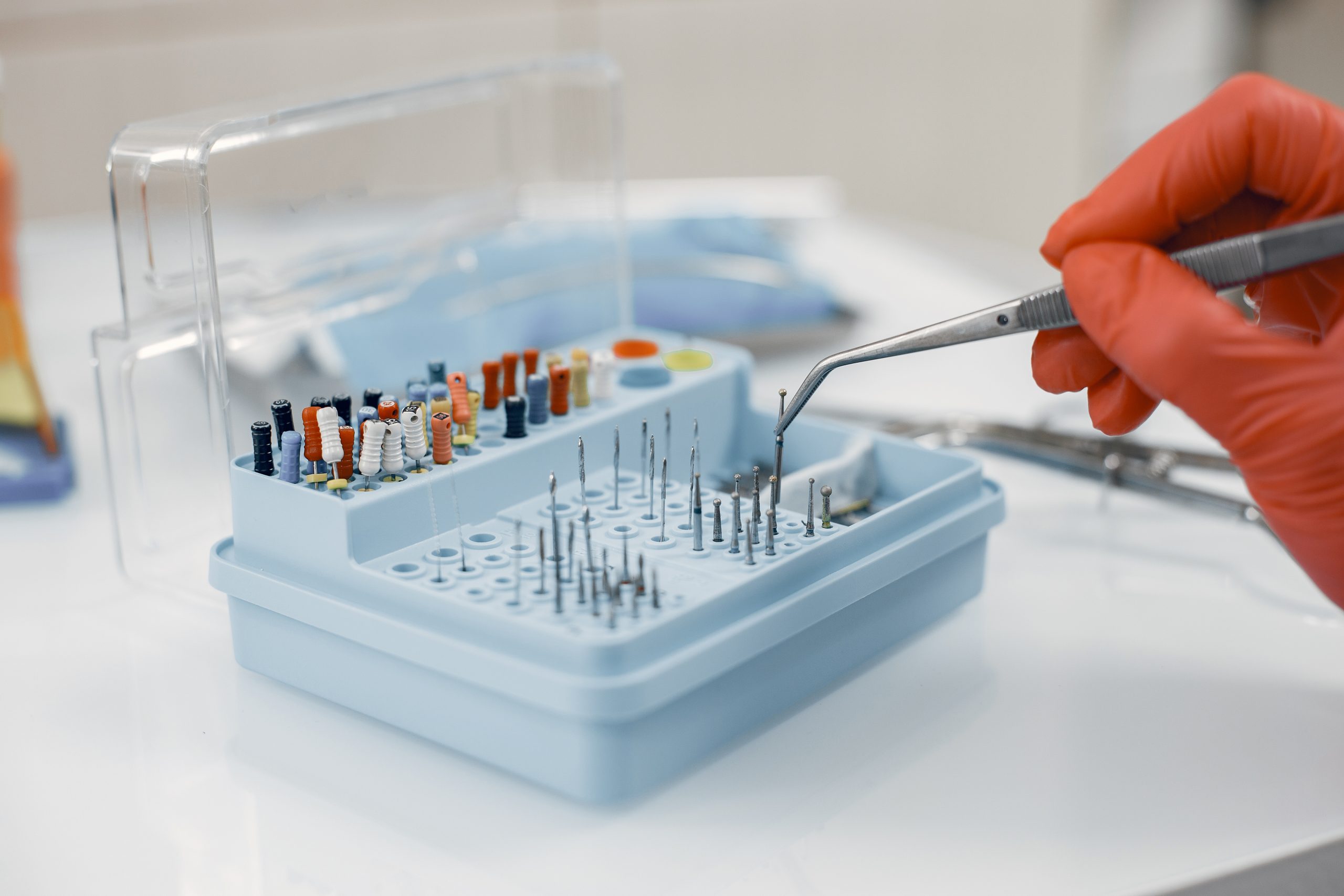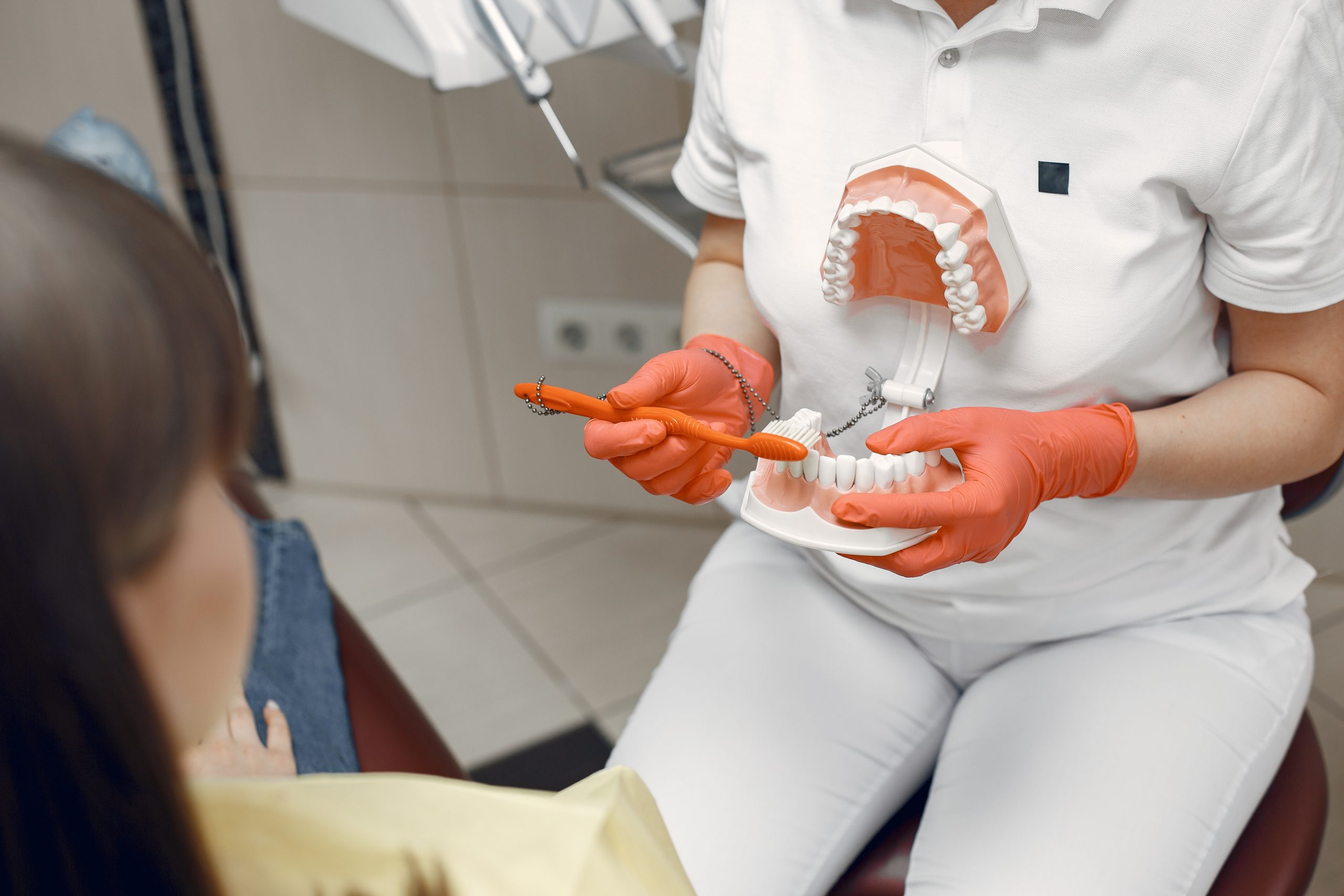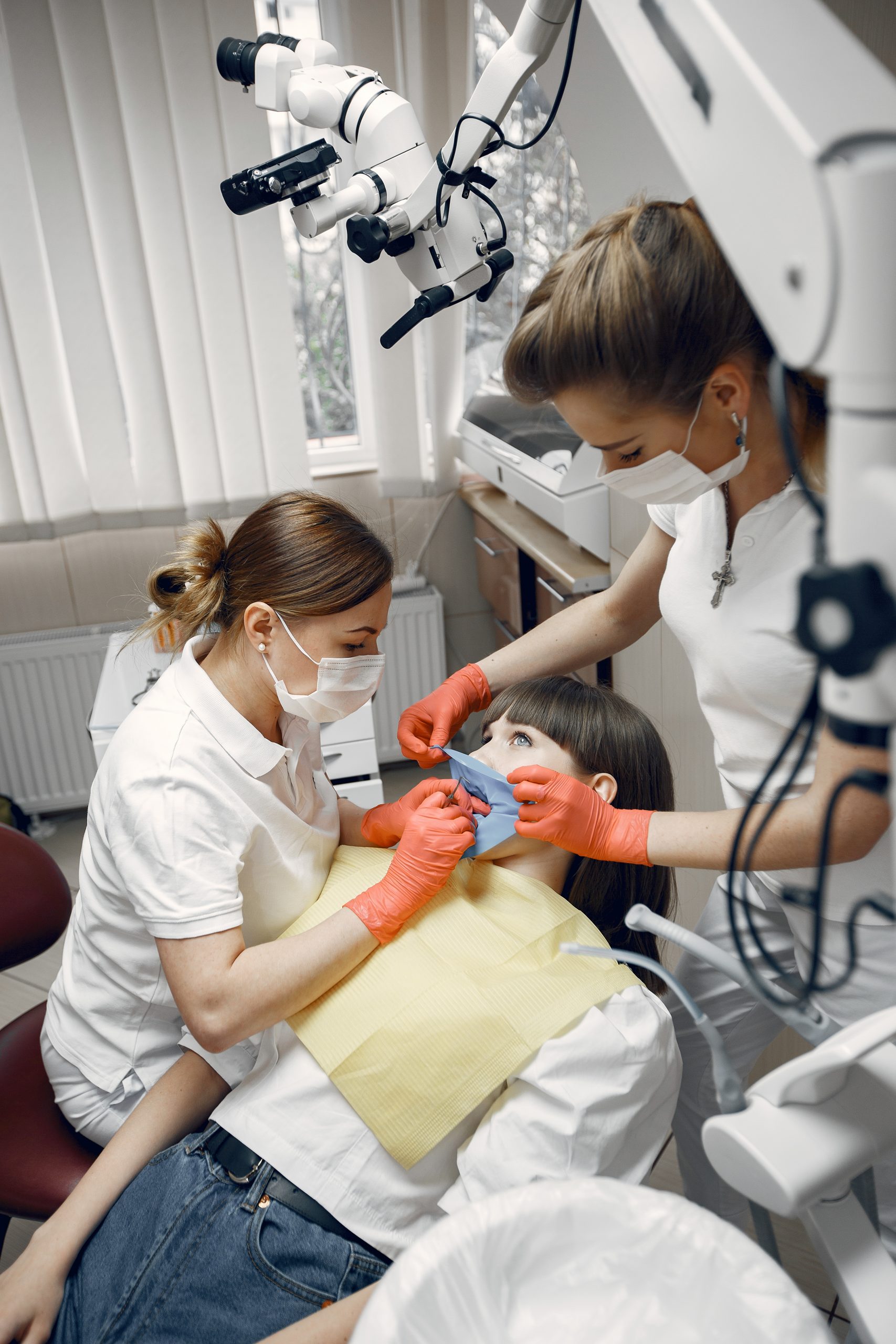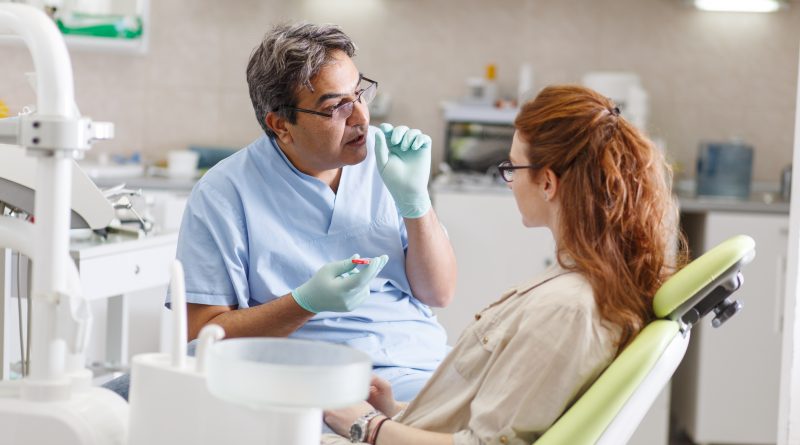Changing Trend with Covid-19 And It’s Impact on Implants Placement
 The outbreak of coronavirus disease 2019 (COVID-19) rapidly escalated into a worldwide pandemic, creating a global health and economic crisis.…
The outbreak of coronavirus disease 2019 (COVID-19) rapidly escalated into a worldwide pandemic, creating a global health and economic crisis.…
By Dr Deepti Sharma
It is a novel virus which is distinct from SARS-CoV and MERS-CoV, with Chinese horseshoe bats being the most probable origin. Transmission occurs primarily through droplet spread or contact routes. Due to the characteristics of dental settings, the risk of cross infection between dental health care personnel (DHCP) and patients can be very high. This article provides a brief overview of the Coronavirus Disease 2019 which May Affect Dental Implant Integration to explain this observation it has been studied that COVID-19 alters the ACE2 pathway, the inflammatory cytokine ‘‘storm,’’ and/or microvascular dysfunction. The aim of this article is to highlight the current changes and manage patients with covid 19 infection while taking necessary precautionary measures before placing /planning implants.

Implant failure has been observed during the integration period in patients who had coronavirus disease 2019 from March through November 2020,The failures occurred during the period of implant integration.One patient had COVID-19 infection 6 weeks before implant placement and developed intense progressive pain within 6 days of implant placement, resulting in removal of the implant and immediate relief of pain.A second patient was COVID positive 4 weeks after implant placement and developed severe bone loss around the implant resulting in its removal. Both had uneventful implant placement with excellent primary stability. Mechanisms to explain these observations are COVID-19 alterations in the ACE2 pathway, the inflammatory cytokine ‘‘storm,’’ and/or microvascular dysfunction.
The ACE2 Pathway
ACE2 is a receptor for the spike glycoprotein of the coronavirus. ACE2 promotes cleavage of angiotensin into Ang-(1-7) and targets MasR. Both ACE2 and MasR are expressed by osteoblasts and osteoclasts. In vivo, Ang-(1-7) decreases alveolar bone loss through optimization the osteoblast/osteoclast ratio. ACE2/ Ang-(1-7)/ MasR is an active player in alveolar bone remodelling. One mechanism for inhibition of osteogenesis may occur when coronavirus-19 combines on the receptor for ACE2, resulting in down regulation of the ACE2/ Ang-(1-7)/MasR pathway. This would change the balance of osteoclast/ osteoblast action. When the coronavirus interferes with the ACE2 receptor, the aforementioned actions are inhibited, and bone resorption and lack of bone apposition may occur.The role of inflammatory factors and the cytokine storm IL-1b, IL-6, TNF-a, G-CSF, IP-10, MCP-1, MIP-1a have been detected in patients with COVID-19, especially those who required ICU admission. These factors may enhance bone resorption through the RANKL signalling pathway. If not under control, the elevated levels of these cytokines may result in osteoclast recruitment, bone loss, and decreased bone formation. Immunosuppression may be important to consider for our implant patients whose implants have exposure to oral bacteria.

MICROVASCULAR DYSFUNCTION
Evidence exists that the microvasculature is effected by COVID-19. In the study by Rovas et al,4 23 moderate to severely ill patients with COVID-19 were compared with healthy volunteers. Intravital microscopy, red cell velocity, and glycocalyx dimensions were used to evaluate perfusion boundaries. Patients with COVID-19 showed up to 90% reduction in vascular density. This was almost exclusively small capillaries with diameters ranging from 4 to 6 micrometers. Vascular velocity was also decreased. Their data clearly showed alterations of the microcirculation and the endothelial glycocalyx in patients with COVID-19. SARS-CoV-2, the causative virus of COVID-19, binds to ACE2 in vascular endothelial cells and arterial smooth muscle cells. It is believed that COVID-19 can cause endothelial glycocalyx damage. Fragmented vascular endothelial glycocalyx is elevated in patients with COVID-19 and may be useful as an indicator of the COVID-19 state.

Lowenstein and Solomon propose that severe COVID-19 is a microvascular disease resulting in microvascular inflammation and thrombosis. They claim that patients with COVID-19 are in a hyper inflammatory state with elevated cytokines and microvascular thromboses are prominent. They propose a pathway of pathogenesis that is triggered by microvascular inflammation with exocytosis caused by endothelial cell damage. The aforementioned 3 pathways may result in decreased healing and decreased osteogenesis around dental implants. The following case reports illustrate unique implant failures. The first case may represent microcirculatory dysfunction and the second generalized alteration in bone remodelling ,bone formation and infection during the integration period. The surgeon will need to identify patients with COVID-19 experience – either previous positive testing with subsequent negative testing before implant placement or a positive COVID-19 test after the implant is placed within the early time period of integration. A patient who has had recent positive testing for COVID-19 should be counselled as to possible risks that can adversely affect implant treatment, until the systemic effects of COVID-19 have passed.
One problem that clinicians have is that minimal information is available concerning the long-term effects of COVID-19, regarding the alterations in the ACE2 pathway, the inflammatory state, and microvascular dysfunction. If a patient tests positive during the period of integration soon after implant placement, they may be at an increased risk for implant failure and the patient must be informed of the possible risk. Obviously, a larger patient sample is needed to confirm this observation.
The Author is Fellow Forensic Odontology,Cert ( WMD), Cert (Implants)General Secretary For Council Of Accredited Forensic Odontologist approved by Govt Of India Owner / Director Dr Sharma Dental Care.

